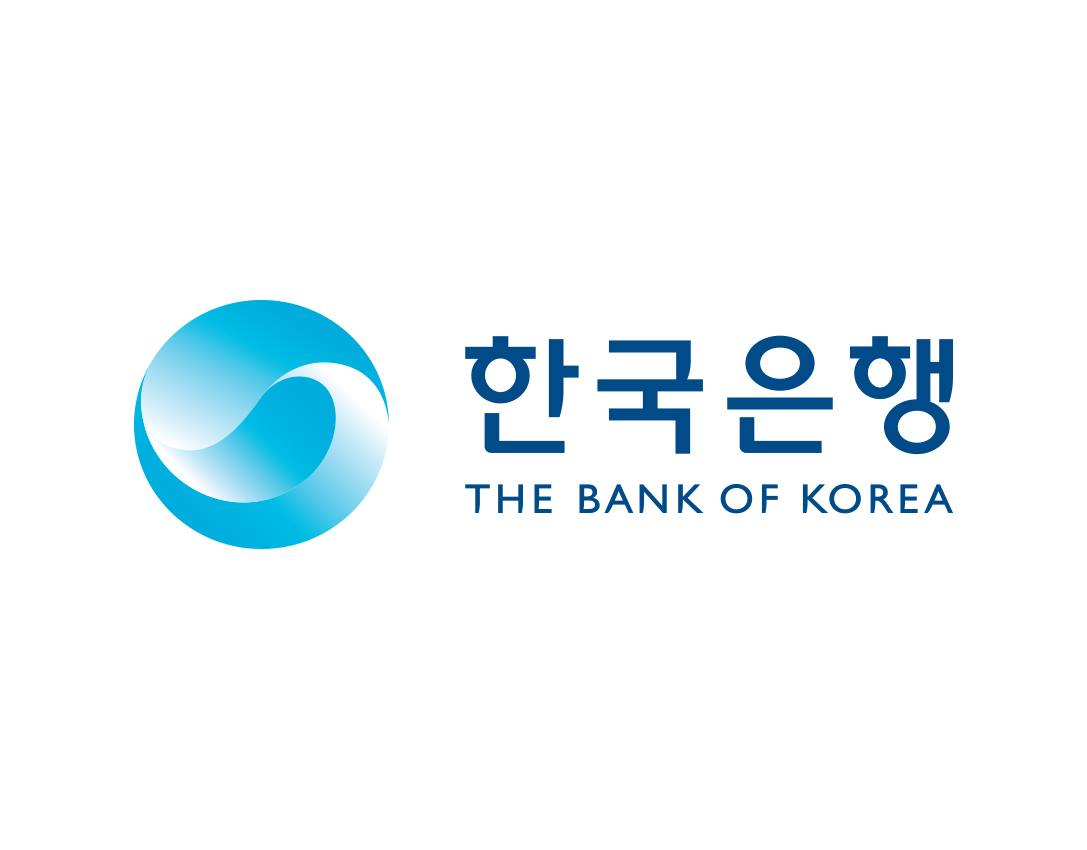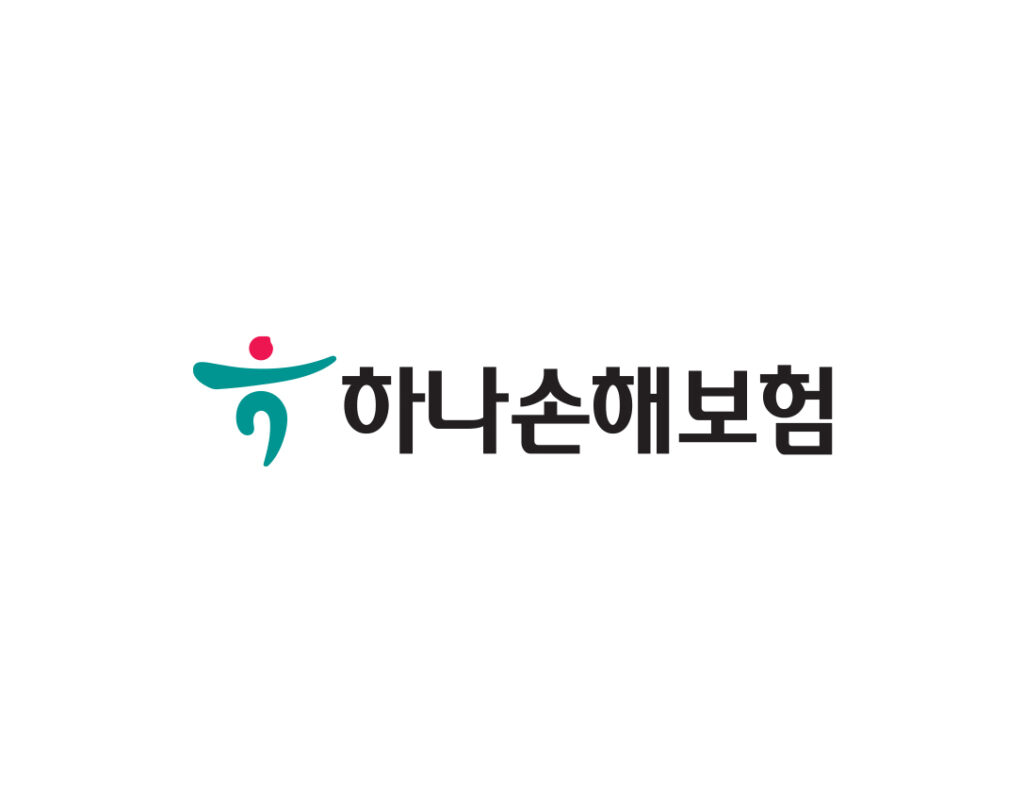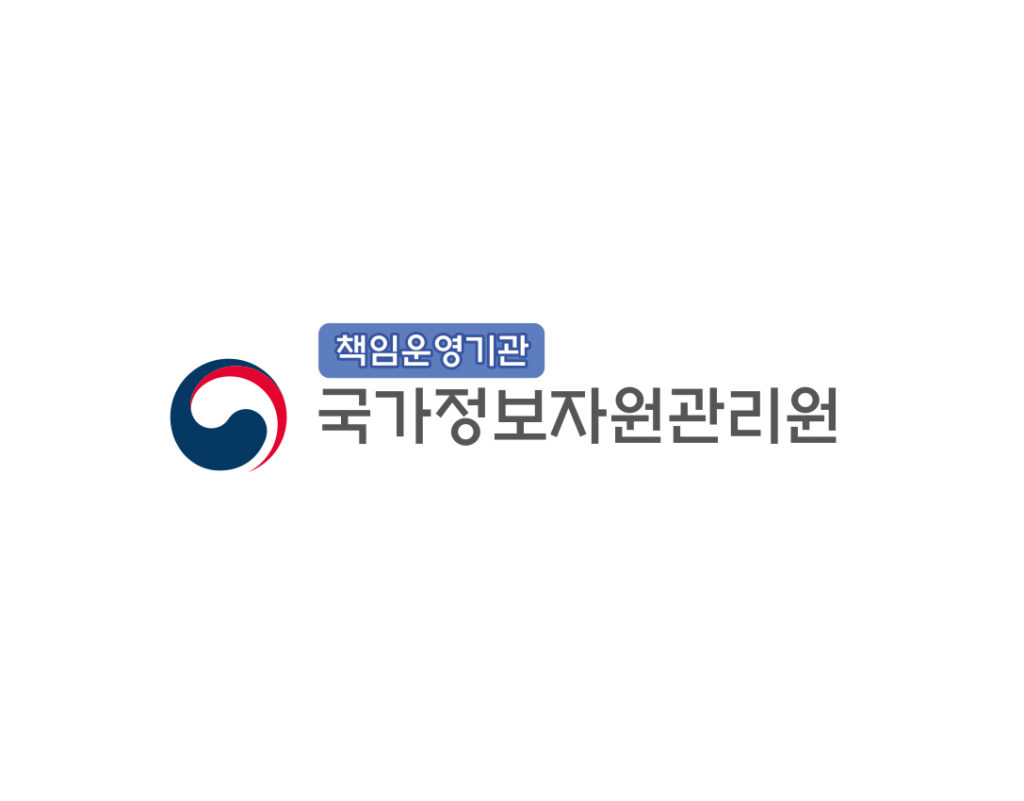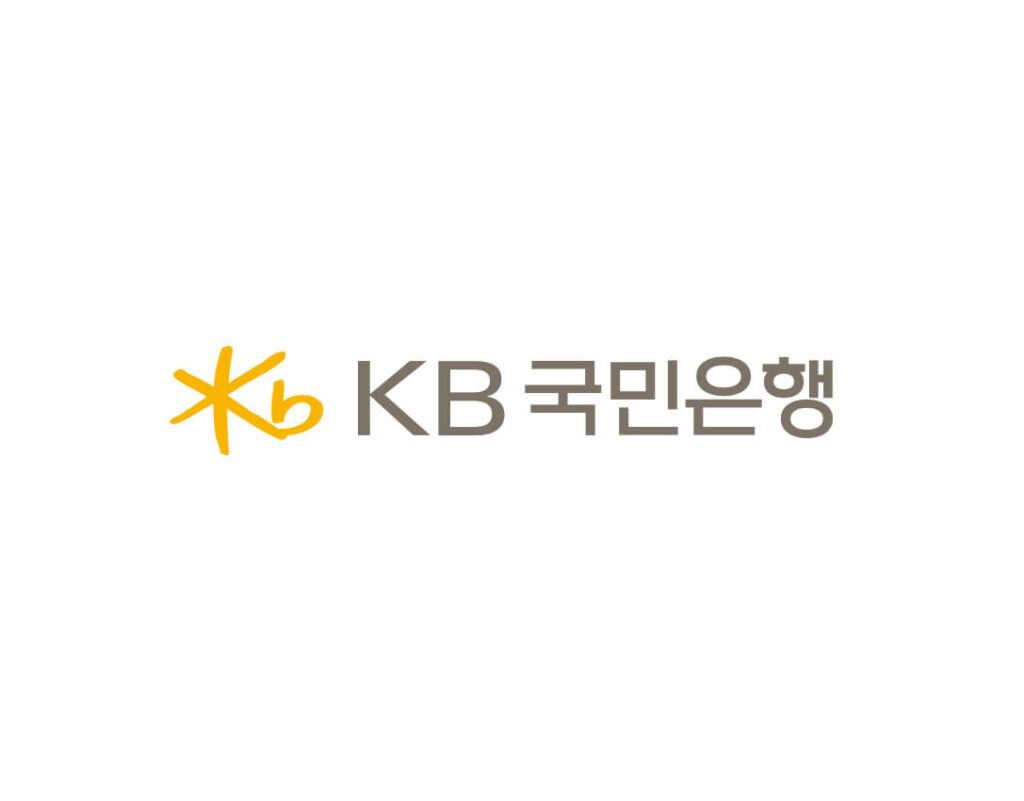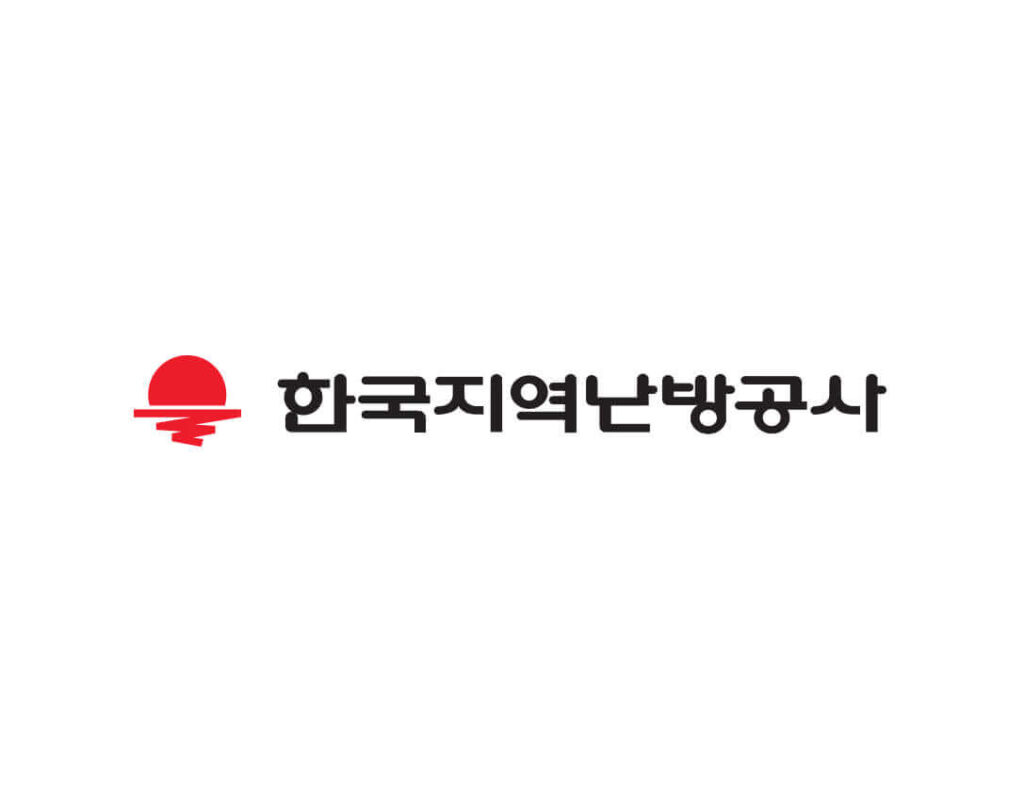Client: Bank of Korea
Project period : 2015.07.06 ~ 2015.12.24 (6 months)
As there was no single system to handle various IT service requests in the field, the Bank of Korea was unable to unifiedly manage the execution of IT service requests, and the lack of linkage between business-related information and IT resources led to the need for unified management of IT resource information, and the disconnection of processes in the IT service life cycle led to the need for integrated monitoring functions from an end-to-end perspective.
We established an integrated IT asset information management system, secured the foundation for lifecycle management of information from contract to disposal, and secured IT service visibility by providing a single point of contact for IT service requirements. In addition, by establishing a unified integrated system for end-to-end management of IT processes and service life cycle based on ITIL v3, we have laid the foundation for improving the quality of IT services.
Business management
– ISP/information business tasks -> Project planning -> Implementation -> Implementation of end-to-end workflow monitoring function of business performance management
– Connect with PMS to link multiple projects per task and monitor progress
IT assetmanagement
– IT asset information inquiry and real-time update through linkage with business management system
– Secure visibility into the status of IT assets and provide reliable IT asset information by creating relationships between IT services, information systems, unit assets, and operating assets.
– Increased user convenience by implementing batch upload, replication, and batch change functions for IT asset information.
IT MaintenanceManagement
– Inquiry and automatic update of maintenance contract information through linkage with management management system
– Manage maintenance target items in conjunction with IT asset information
– Automated management of maintenance performance and violations
ITRisk Management
– Register company-wide IT risks -> Create team-specific IT risks -> Evaluate team-specific IT risks -> Automatically evaluate company-wide IT risks -> Register team-specific IT risk improvement results -> Implement automated systematic procedures to automatically collect company-wide IT risk improvement results.
– Structured management of IT risk and KRI alignment
– Automated KRI measurement and IT risk reporting

